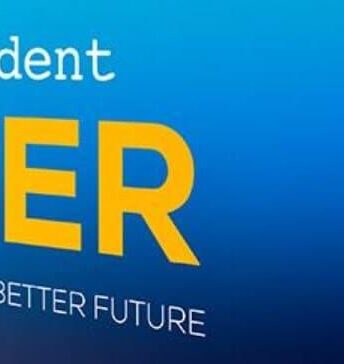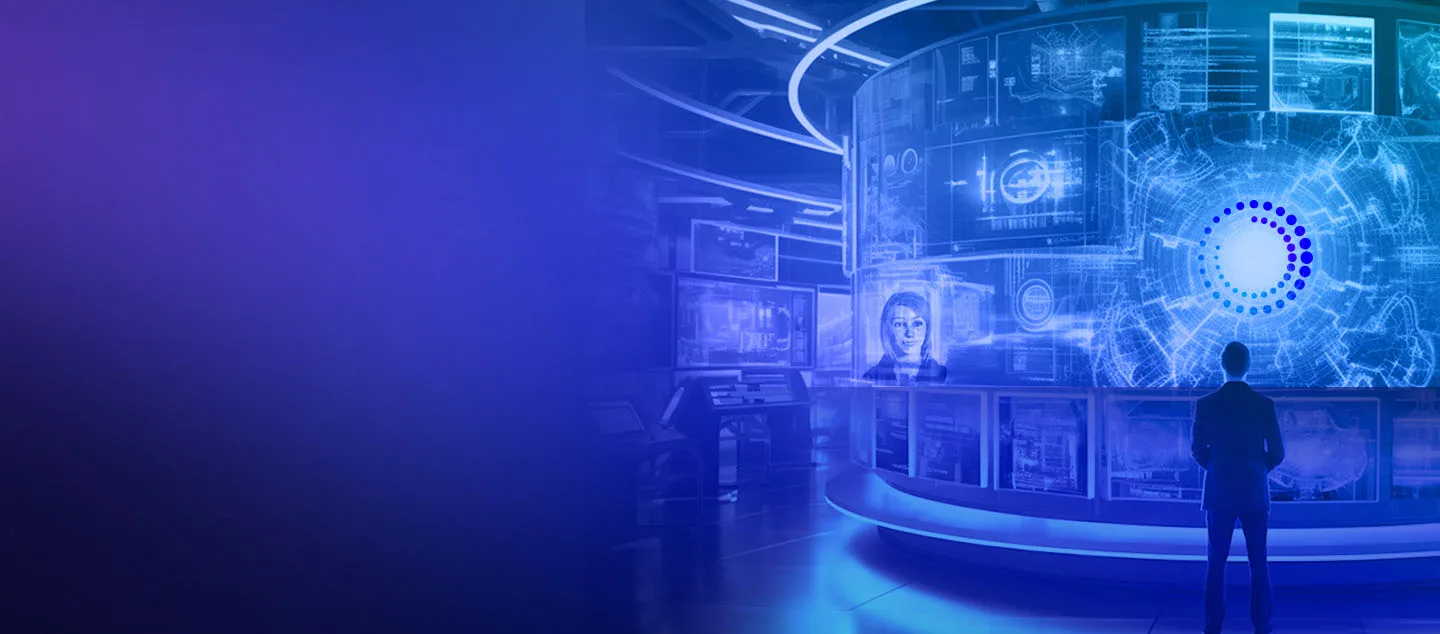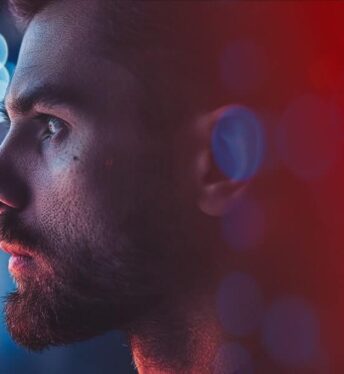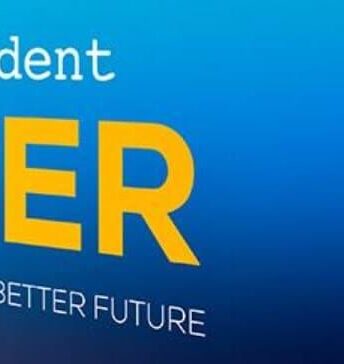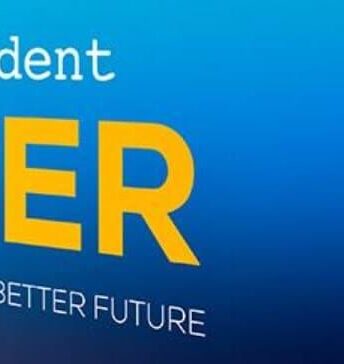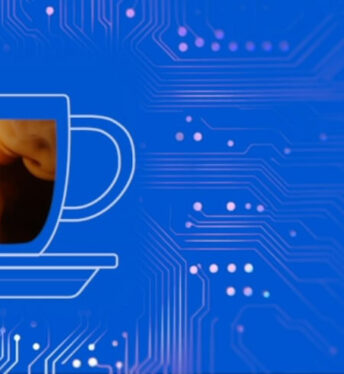User experience (UX) – which focuses on the experience people have when they interact with a product or service – should be a consideration before the design process has even begun.
From the very first preliminary analysis, when a business is trying to understand how a product or service might meet an end user’s needs, UX needs to be a key consideration.
During the design process, businesses should also be looking at building their understanding of how end users are interacting with solutions. When the service has ultimately launched, insights gained from the use of the service or product should inform future adaptations.
The Value of UX in All Industries
This focus on UX has a crucial role to play across all industries. In the financial sector, for instance, banking institutions need to consider UX as they digitally transform to provide a seamlessly integrated mobile and web experience. This can deliver significant business benefits – through a combination of Design Thinking strategies, scrum methods and a human-centred design approach, banking institutions can boost the success of their fraud prevention efforts by 60 percent, while enhancing their data.
Meanwhile, within the pharmaceutical sector, companies can use Business Dive methodologies to provide a superior customer journey, including allowing customers to access clinical case information from their mobile devices, for example.
Regardless of industry, there are several key objectives of UX design:
- Create truly relevant experiences that boost brand loyalty among users.
- Ensure users’ needs are met via every touchpoint.
- Provide a human-centred designed experience, making a simple and enjoyable journey for the company and clients.
- Understand the return on investment (ROI) of the customer experience.
The Role of the UX Designer
These objectives can be achieved through an approach to UX design that makes it possible to identify the motivations of the consumer, including their environment, their expectations, and their way of thinking. It places the consumer at the center of the design and enables businesses to gain enough information to take decisions confidently.
The UX designer plays a crucial role here, going beyond generating visual ideas to also make the whole team aware of the problem that is being solved based on the nuances of human behavior.
This awareness will ultimately take the form of a product or service that is desirable, technically possible, and financially sustainable.
Developing a UX Design Strategy
Businesses must also create a UX design strategy that enables them to communicate their vision of the product or service to the rest of the company, which is why the design and business strategy of a company should never be viewed as separate considerations. A correct application of a UX strategy will lead the team in the same direction, reinforcing the tactics that will lead the organization to commercial and sustainable success over time.
Ultimately, having a team dedicated to the creation a better experience is a highly effective way to generate innovative ideas and ensure the success of the business, creating longstanding relationships with clients based on a deep understanding of their requirements.



